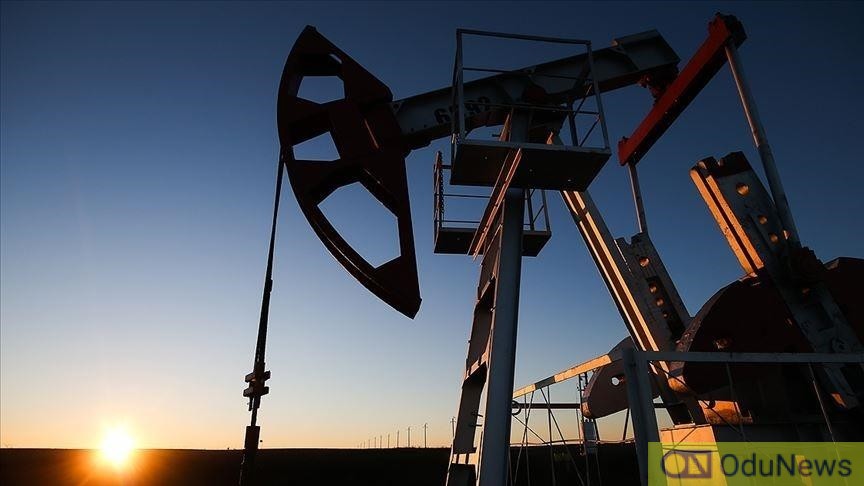Oil prices rose to $88 per barrel on Monday as the Organisation of Petroleum Exporting Countries and its allies (OPEC+) mulls cutting output by more than 1 million barrels per day.

This would be the biggest output cut since the start of the COVID-19 pandemic.
Industry figures seen on Monday showed that the cost of Brent moved up by 3.7 per cent or $3.15 to close at $88.3/barrel as of 6.03 pm Nigerian time.
Another oil grade, the WTI, also increased in price on Monday. It gained $3.36 or 4.23 per cent to close at $82.83/barrel around the same time.
However, oil grades in the OPEC Basket dipped in price, shedding $0.42 or 0.45 per cent to trade at $92.34/barrel around 6.06 pm on Monday.
This came as OPEC sources told Reuters that the oil cartel and its allies were considering an output cut of over one million barrels per day at their meeting coming up tomorrow (Wednesday).
That figure does not include additional voluntary cuts by individual members, one OPEC source was cited as saying, according to reports in foreign media.
That prediction comes as OPEC+ prepares to meet this Wednesday in an in-person gathering to discuss a possible oil production cut.
If agreed, it will be the group’s second consecutive monthly cut after reducing output by 100,000 barrels per day last month.
OPEC+ missed its production targets by nearly 3 million barrels per day in July, as sanctions on some members and low investment by others affected its ability to raise output.
Analysts note that if OPEC+ does decide to cut output in the near term, the resultant increase in OPEC+ spare capacity will likely put more downward pressure on long-dated prices.
The world’s inflation problem could also worsen if OPEC+ cuts production substantially as the snip would push prices higher, adding to the inflationary burden and effectively increasing the risk of a recession.
Prices have declined for four straight months since June, as COVID-19 lockdowns in top energy consumer China hurt demand while rising interest rates and a surging U.S. dollar weighed on global financial markets.
However, support also came as the US Dollar index fell for a fourth consecutive day on Monday after touching its highest level in two decades. A cheaper dollar could bolster oil demand and support prices.
Goldman Sachs said it believes the OPEC+ supply cut could help remedy the large exodus of oil investors that has left prices underperforming fundamentals.
The investment firm also sees Brent ratcheting up to $105 per barrel within the next six months, with WTI hitting $95 per barrel by the end of the year, with a six-month outlook eyeing $100 per barrel.


Comments are closed.